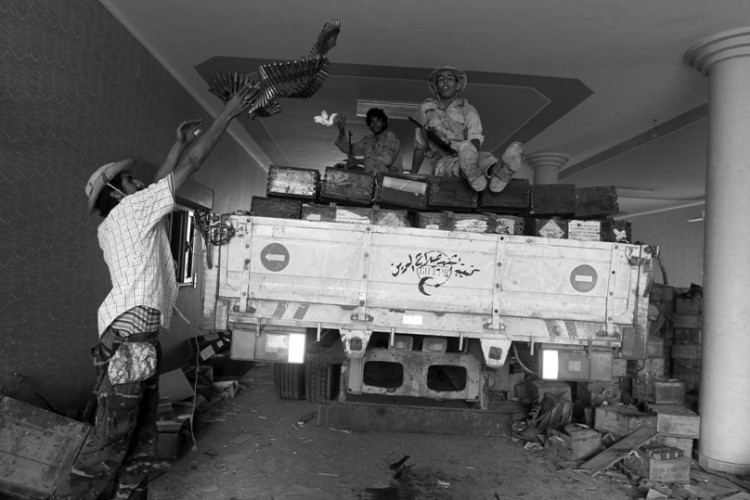Both before and after the death of Gadhafi, and before the declaration of the full liberation of Libya by the Libyan National Transitional Council (NTC), worrying reports surfaced about huge stockpiles of weapons left unguarded. The concerns are that these may end up in the hands of armed groups within, our outside Libya, or even spread to other restive areas in the region. According to some reports, many weapons have already disappeared.
The Threat of Unguarded Weapons Stockpiles in Libya
Unguarded weapons stockpiles in Libya may pose a threat, expert says.
|Updated:





